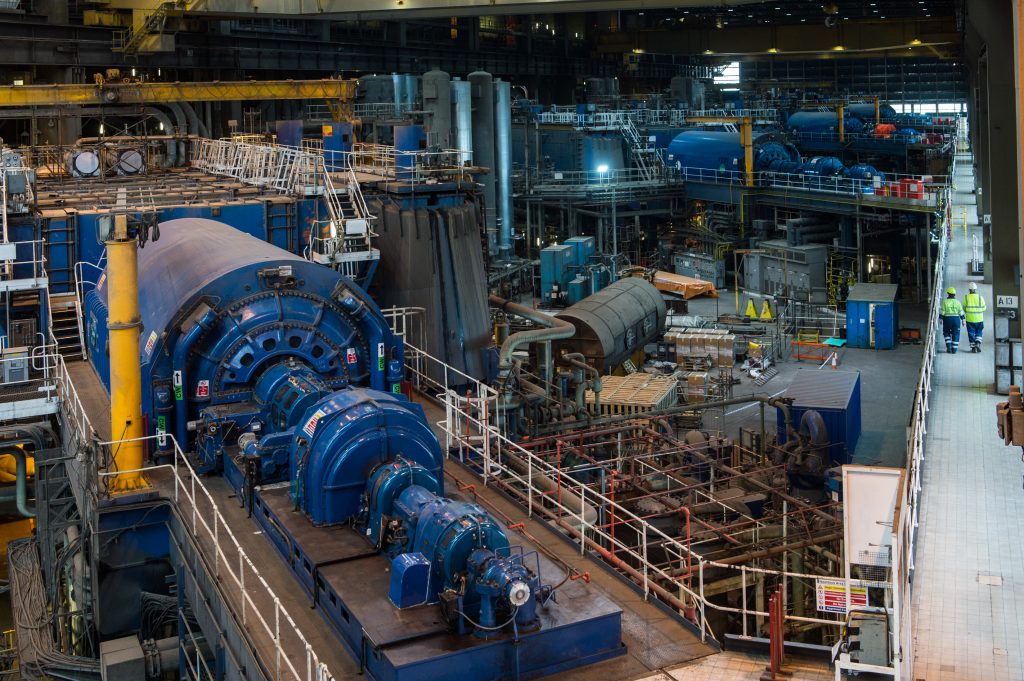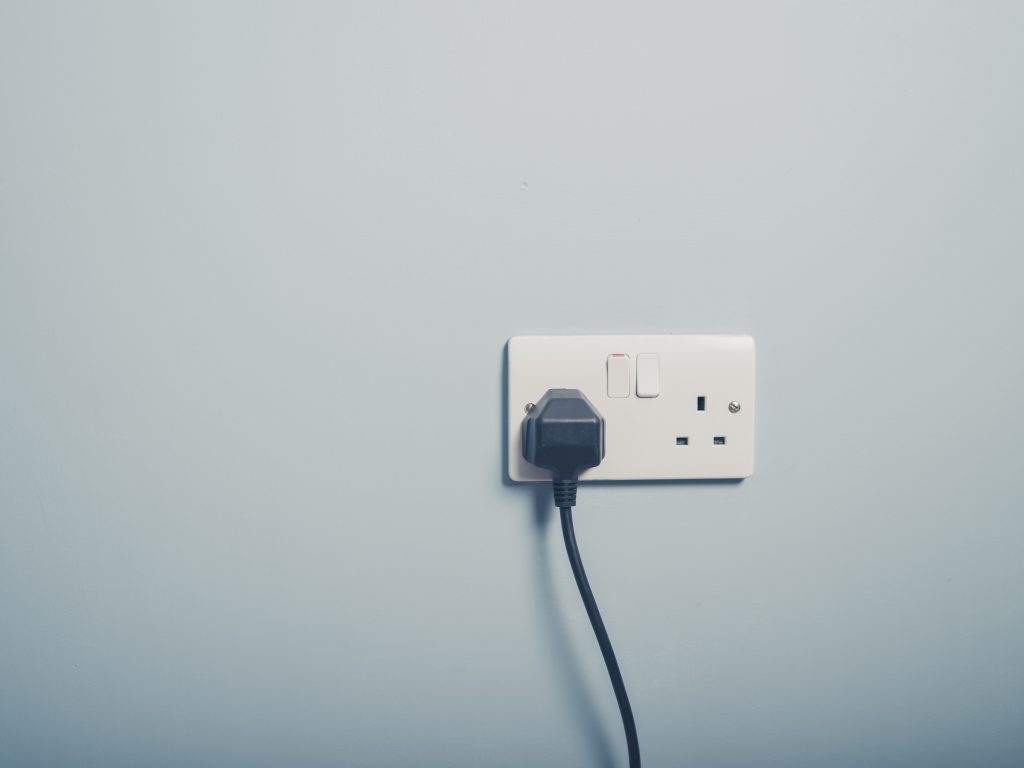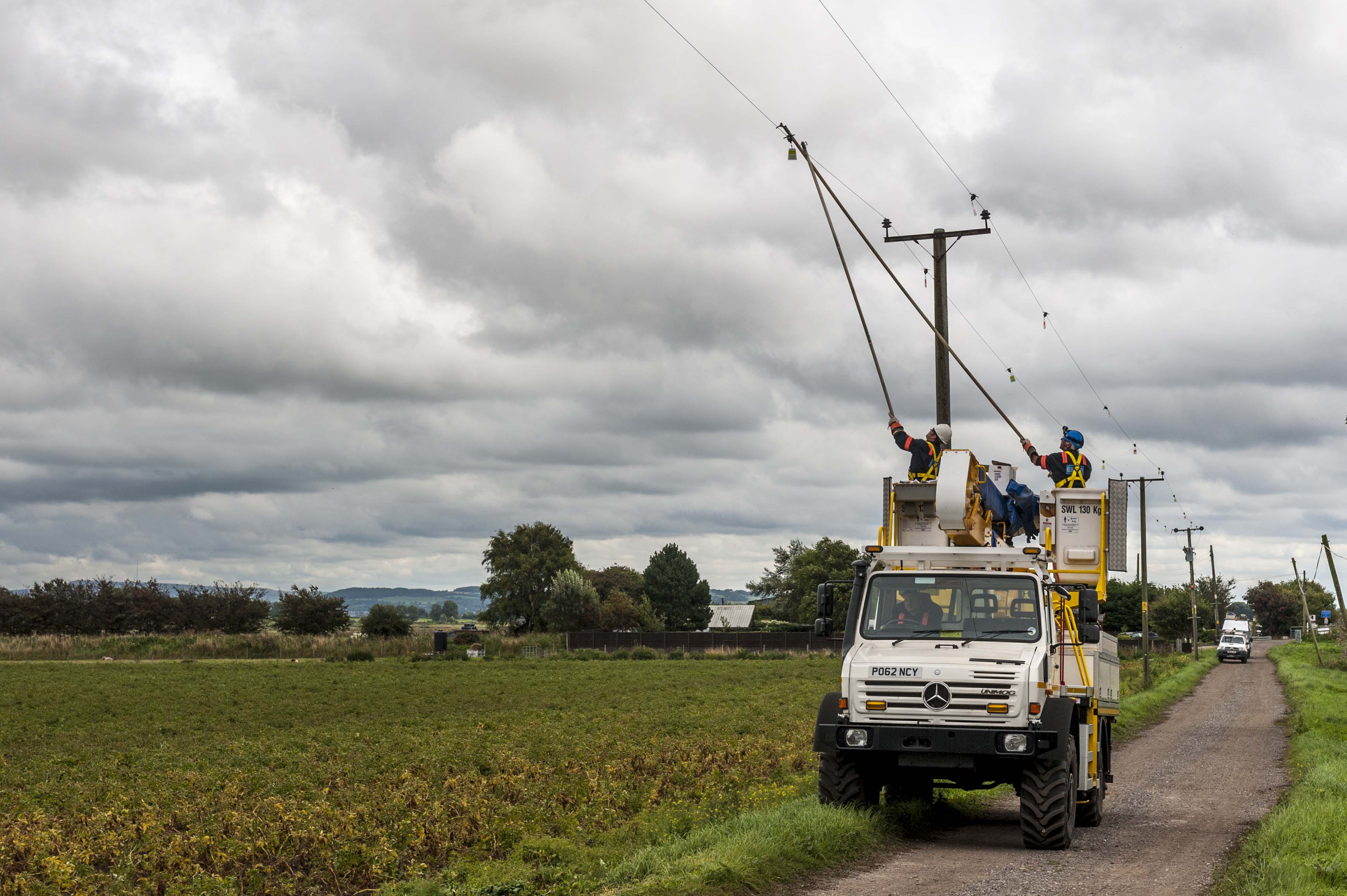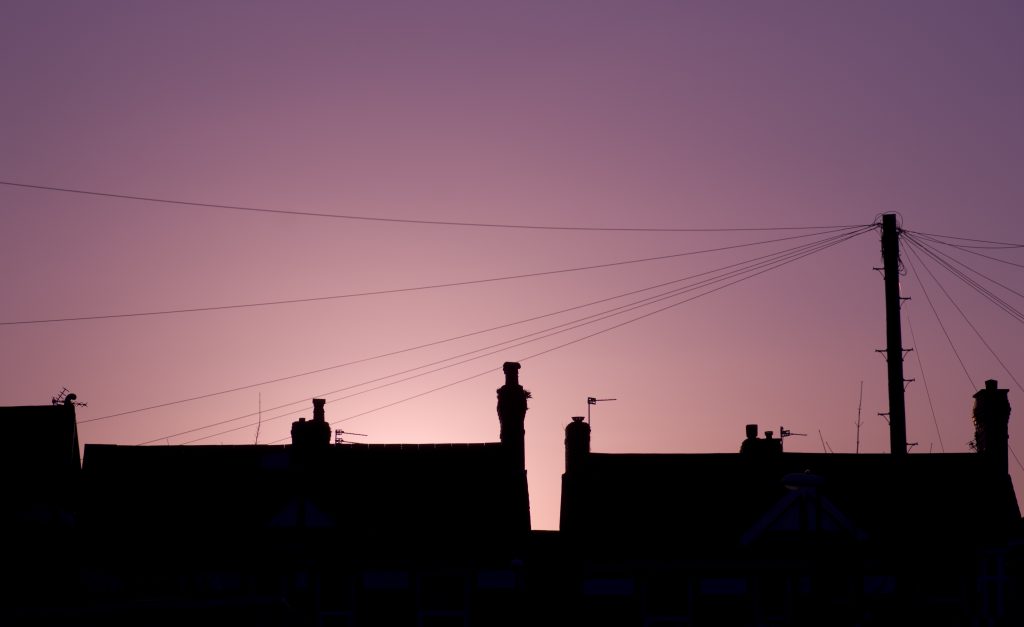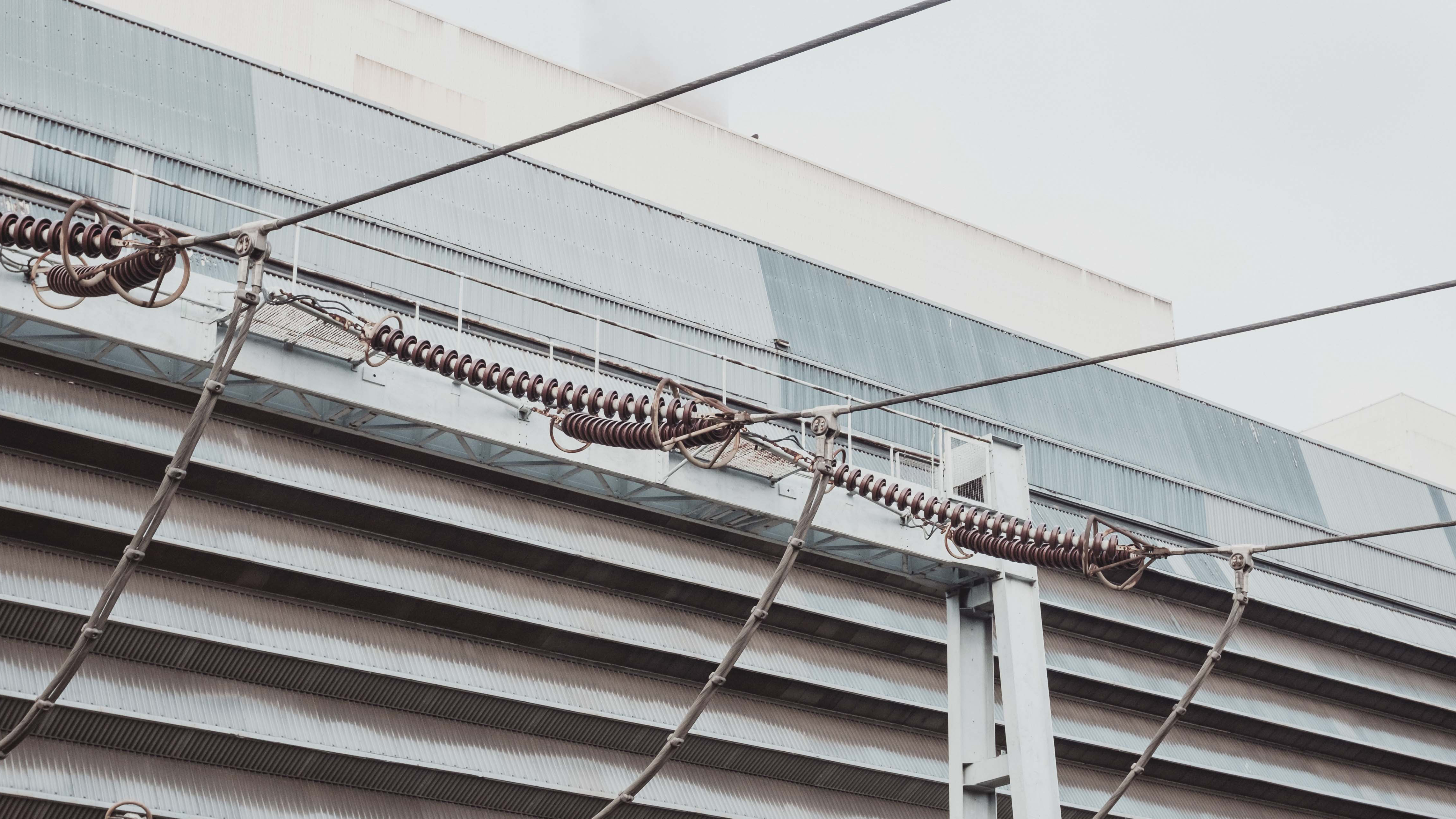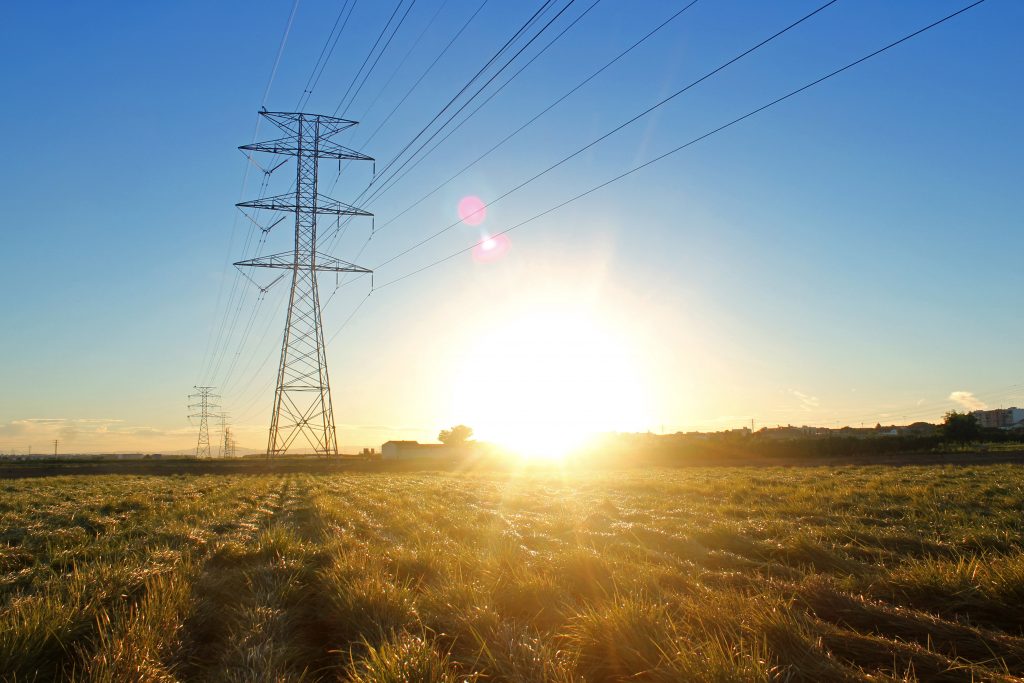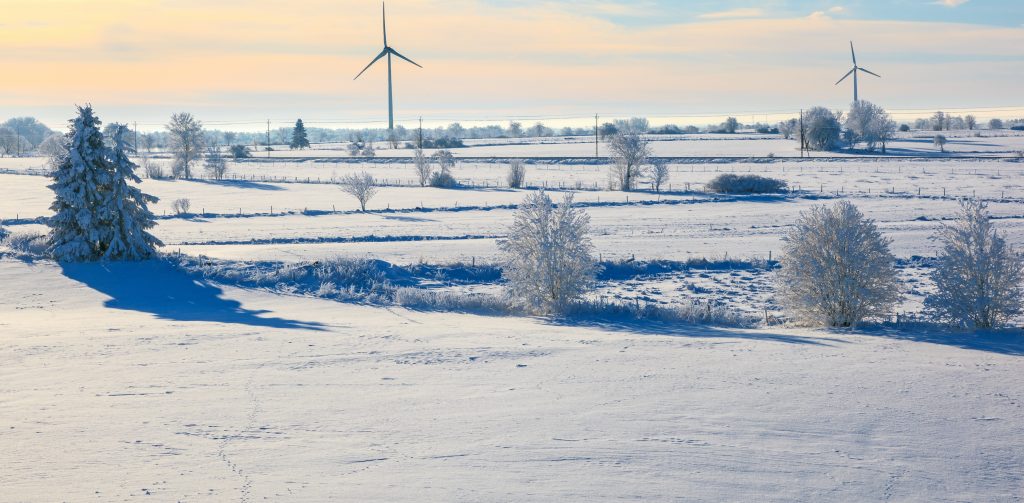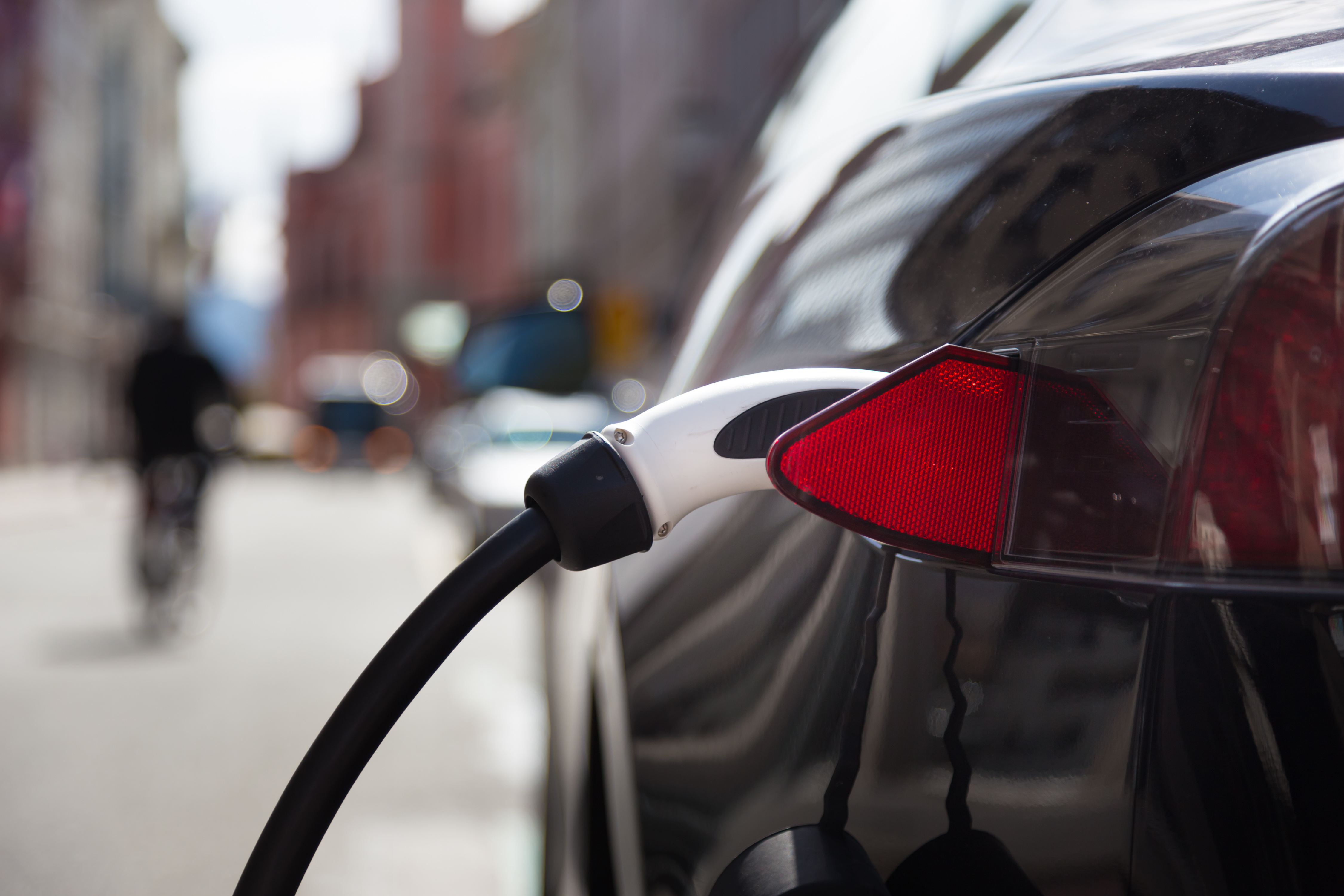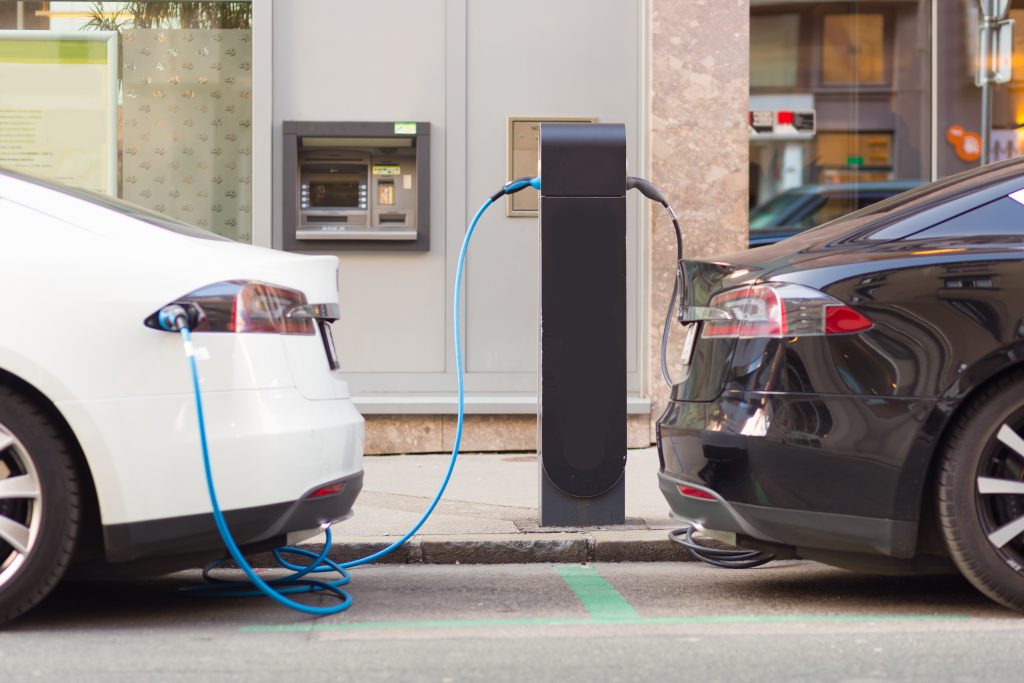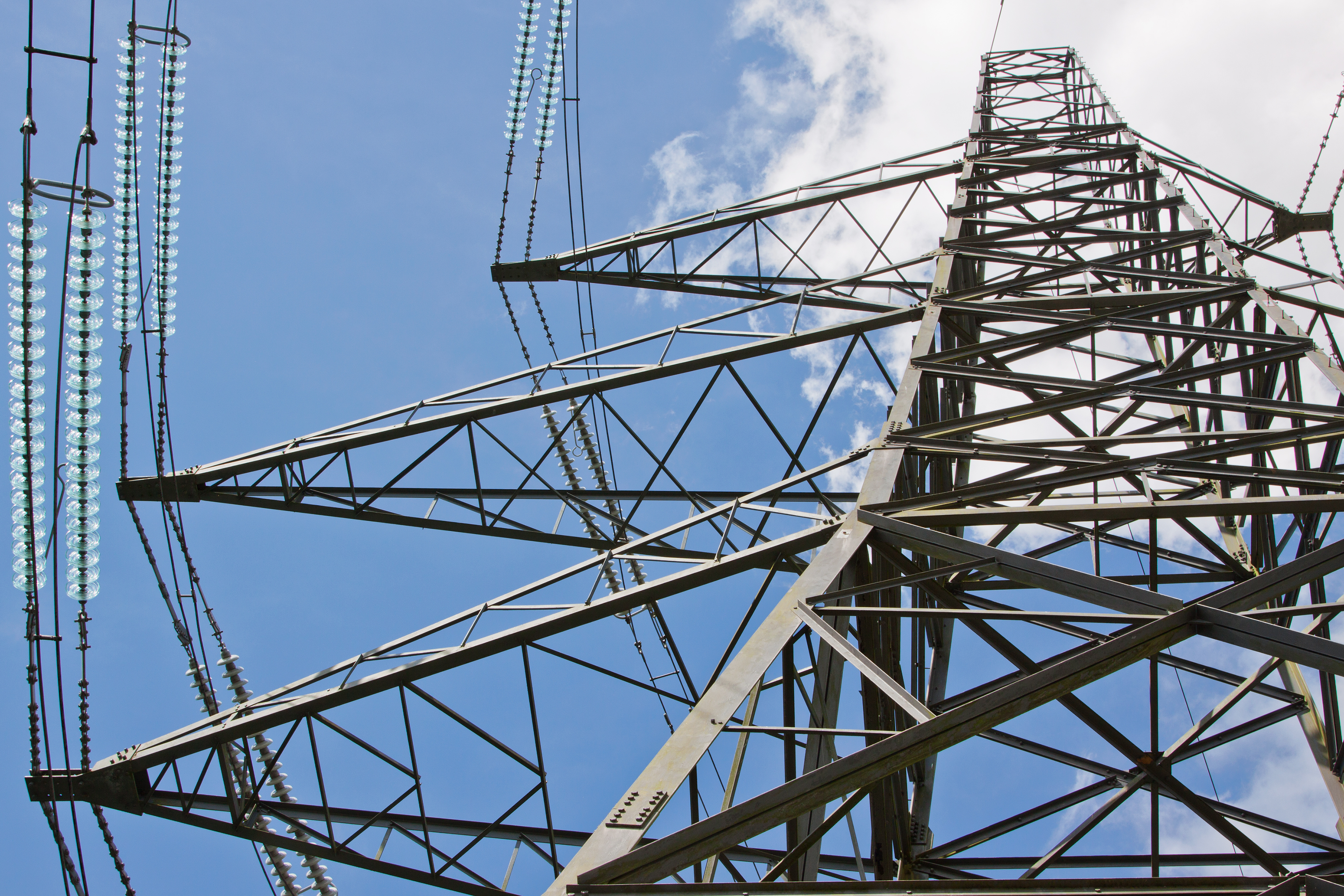
In the early evening of 14th August 2003, New York City, in the midst of a heatwave, lost its power. Offices, stores, transport networks, Wall Street and the UN building all found their lights and phones cut off. Gridlocked streets and a stalled subway system forced millions to commute home on foot while those unable to make it back to the suburbs set up camp around the city.
It wasn’t just the Big Apple facing blackout – what had started with several power lines in Northern Ohio brushing against an overgrown tree had spread in eight minutes to affect eight US states and two Canadian provinces. In total, more than 50 million people were impacted, $6 billion was lost in damages and 12 deaths were reported.
While a software glitch and the outdated nature of the power system contributed to the disaster, the spread from a few high-voltage power lines to the entire North West was caused by a lack of reactive power.
The pump powering electricity
Electricity that turns on light bulbs and charges phones is what’s known as ‘active power’ — usually measured in Watts (W), kilowatts (kW), megawatts (MW) or in even higher units. However, getting that active power around the energy system efficiently, economically and safely requires something called ‘reactive power’, which is used to pump active power around the grid. Reactive power is measured in mega volt amps reactive (MVAr).
It’s generated in the same way as active power by large power stations, but is fed into the system in a slightly different manner, which leads to limitations on how far it can travel. Reactive power can only be effective locally/regionally – it does not travel far. So, across the country there are regional reactive power distributors servicing each local area (imagine a long hose pipe that needs individual pumps at certain points along the way to provide the thrust necessary to transport water).
But power stations aren’t the only source of reactive power. Some electronic devices like laptops and TVs actually produce and feed small amounts of reactive power back into the grid. In large numbers, this increases the amount of reactive power on the grid, and when this happens power stations must absorb the excess.
This is because, although it’s essential to have reactive power on the grid, it is more important to have the right amount. Too much and power lines can become overloaded, which creates volatility on the network (such as in the New York blackout). Too little and efficiency decreases. Think, once again, of the long hose pipe – if the pressure is too great, the hose is at risk of bursting. If the pressure is too low, water won’t travel through it properly.
This process of managing reactive power is, at its heart, one of ensuring active power is delivered to the places it needs to be. But it is also one of voltage control – a delicate balancing act that, if not closely monitored, can lead to serious problems.
Keeping volatility at bay
Across Britain, all electricity on the national grid must run at the same voltage (either 400kV or 275kV – it is ‘stepped down’ from 132kV to 230V when delivered to homes by regional distribution networks). A deviation as small as 5% above or below can lead to equipment being damaged or large scale blackouts. National Grid monitors and manages the nationwide voltage level to ensure it remains within the safe limit, and doing this relies on managing reactive power.
Ian Foy, Head of Ancillary Services at Drax explains: “When cables are ‘lightly loaded’ [with a low level of power running through them], such as overnight when electricity demand is lower, they start emitting reactive power, causing the voltage to rise.”
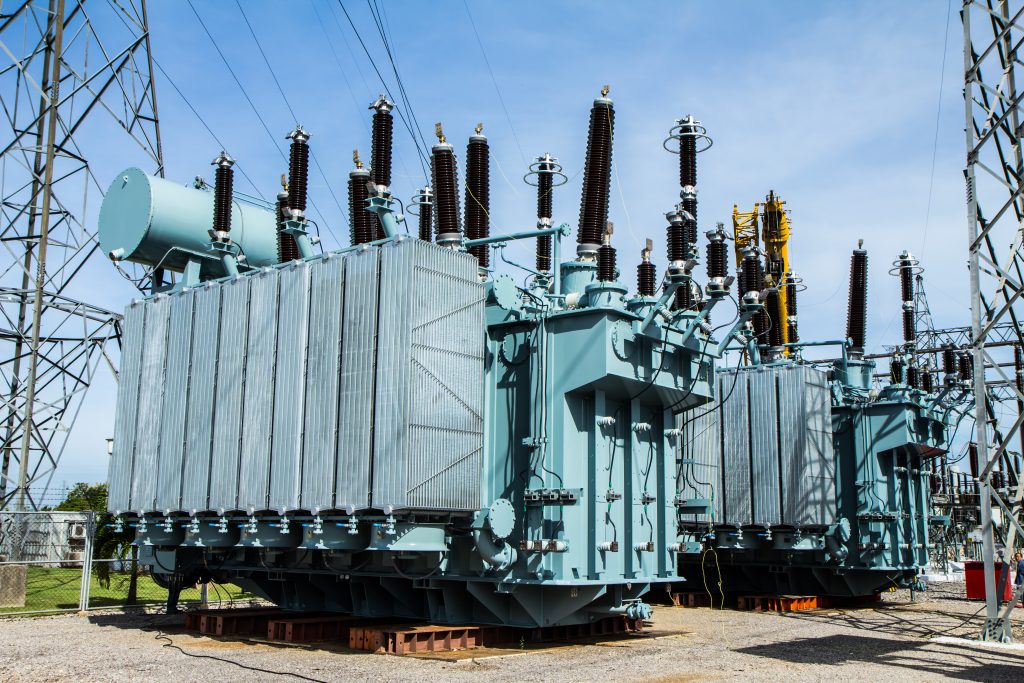
To counter this, generators such as Drax Power Station, under instruction from National Grid, can change the conditions in their transformers from exporting to absorbing reactive power in just two minutes.
This relies on 24-hour coordination across the national grid, but as our power system continues to evolve, so do our reactive power requirements. And this is partly down to the economy’s move from heavy industry to business and consumer services.
The changing needs for reactive power
“Large industrial power loads, such as those required for big motors, mills or coal mines, bring voltage down and create a demand for more reactive power,” explains Foy. “Now, with more consumer product usage, the demand for active power is falling and the voltage is rising.”
The result is that Drax and other power stations now spend more time absorbing reactive power rather than exporting it to keep voltage levels down. In the past, by contrast, Foy says the power plant would export reactive energy during the day and absorb it at night.
As Britain’s energy system decarbonises, the load on powerlines also becomes lighter as more and more decentralised power sources such as wind and solar are used to meet local demand, rather than large power plants supplying wider areas.
This falling load on the power system increases the voltage and creates a greater need for generators to absorb reactive power from the system. It highlights that while Drax’s role in balancing reactive power has changed, it remains an essential service.
This short story is adapted from a series on the lesser-known electricity markets within the areas of balancing services, system support services and ancillary services. Read more about black start, system inertia, frequency response and reserve power. View a summary at The great balancing act: what it takes to keep the power grid stable and find out what lies ahead by reading Balancing for the renewable future and Maintaining electricity grid stability during rapid decarbonisation.







